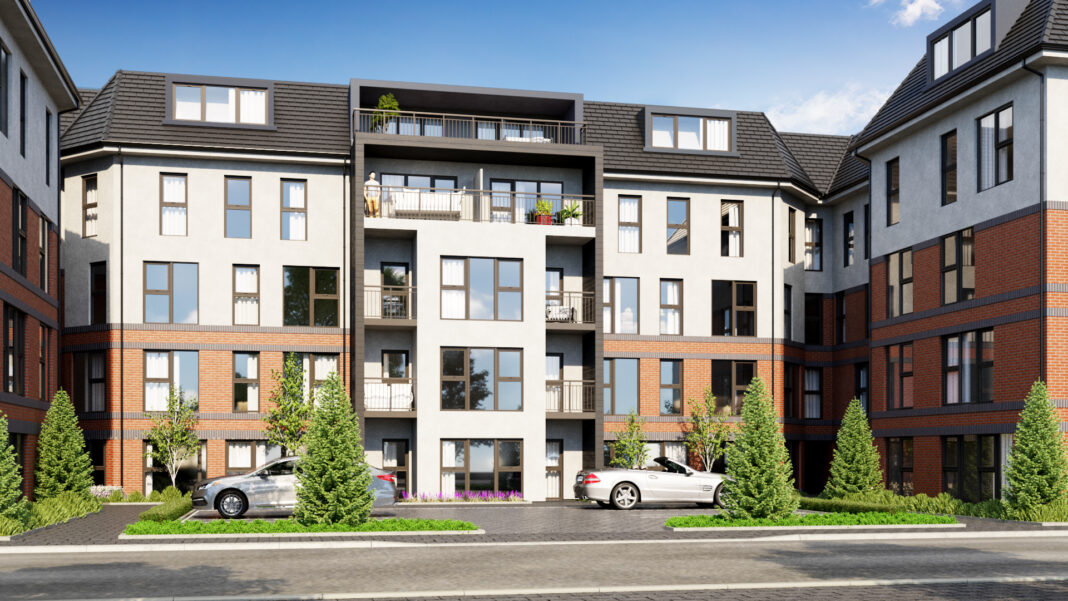
By Anthony Coates-Smith, managing director of Insite Energy
HEAT networks are central to the Scottish Government’s strategy to achieve net zero carbon emissions by 2045 while also tackling fuel poverty. New legislation designed to drive their uptake aims to increase the number of homes in Scotland heated via this method by over 600,000 in less than a decade. That means we can expect to see rapid growth in investment in communal and district heating projects in the coming months, mirroring the fast expansion of the nation’s private rental sector.
Although Scotland is the first UK country to legislate in support of heat networks, England is currently a way ahead when it comes to their adoption, accounting for an estimated 93% of UK schemes. London alone has over four times as many in operation as the whole of Scotland, which met only around 1% of its total heat demand through heat networks in 2018.
That is now set to change, though, as developers and heating suppliers north of the border take advantage of the space, cost and energy efficiencies of a single, shared heat source, encouraged by a favourable legislative environment and growing public confidence.
Avoiding costly mistakes
It’s crucial, however, that corners aren’t cut in the rush to specify and instal new networks. That could scupper any long-term cost, environmental and social benefits and even risk developers and operators falling foul of the law.
The needs of landlords and end-users must be understood and incorporated into the planning process from the outset, which necessitates early dialogue with all stakeholders. Being stuck with a system that’s unfit for purpose or fails to meet regulatory requirements could be a huge headache for those managing and occupying new developments, resulting in at best, high fuel bills, or, at worst, an expensive and difficult retrofit – all of which means a reputational body blow for developers.

Getting it right, on the other hand, could actually cost less upfront, too. The good news is that Scottish developers can leapfrog potential pitfalls by learning from established best practice in the more developed London market and partnering with seasoned suppliers familiar with the good, the bad and the ugly of heat network specification.
Smart and shrewd
A central component of heat networks too often overlooked during the planning stages is metering and billing. Smart meters and transparent, accurate billing based on individual energy consumption are now a legal requirement for almost all heat networks in newly constructed or substantially renovated buildings, and enforcement is becoming increasingly stringent.
This technology can also offer big advantages for building owners and residents. The right pay-as-you-go (PAYG) smart metering system, such as those installed at Edinburgh’s Quartermile development, can greatly reduce operational costs, eliminate the debt risk associated with standard credit billing, and significantly lower emissions. When people can see how much energy they’re using, they can consume around 20% less. Furthermore, data collected by good quality heat meters can almost always help to pinpoint and fix any operating inefficiencies in the network.
Already widely accepted in England, PAYG billing is still something of an anathema in Scotland, where a perception persists that it’s only for people who can’t pay. Experience tells us that this will change fast, however, as Scottish users start to realise that wiping out debt risk means lower energy bills for everyone.
Lower costs
The upfront cost of smart metering can be halved by using a flexible payment system based around a wireless web-app, such as the recently launched KURVE, which avoids the need to install in-home display units in each unit and allows the landlord to provide both credit and/or PAYG billing. At KURVE site Greenside Views in London, installation costs were 60% lower than conventional smart meters and resident debt was reduced by 91% in only 11 weeks.

Web apps are also more convenient for users, making billing services and energy-usage information accessible anywhere, from any internet device. And no in-home display units also means there is less need to spend time and money and cause inconvenience by entering residents’ homes for maintenance, repairs or future compatibility upgrades.
In Scotland, metering and billing too often gets thought about at the end of property development, when the infrastructure is not there to support it. Scotland has yet to experience the pain and financial cost of badly designed systems, familiar to many heat network operators south of the border. With foresight and planning, this can be avoided altogether. At a time when so much investment is going into setting up new heat networks, it’s crucial the right foundations are put in place to help realise the success expected and help drive down carbon emissions.











